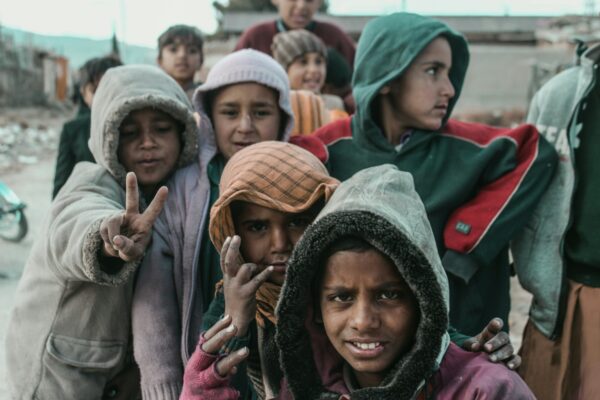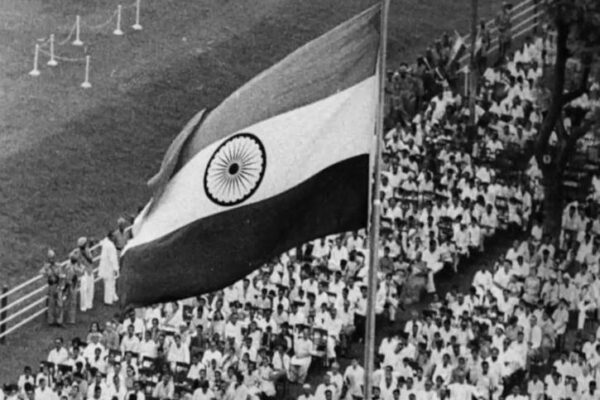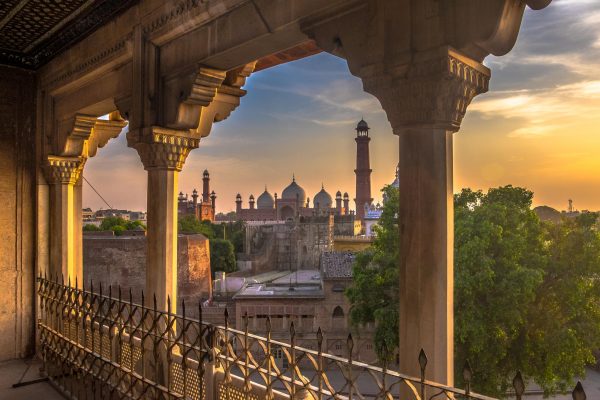Put simply, the Kashmiri have become the world’s forgotten people.
Put simply, the Kashmiri have become the world’s forgotten people.
In the final weeks of the 2008 US presidential election, Barack Obama stated his commitment to resolving the “Kashmir crisis,” even going so far as to identifying it a “critical task” for his future administration.
His mere half-dozen or so words regarding not only one of the world’s longest running conflicts, but also arguably the world’s most dangerous, caused a sudden bout of severe anxiety in the corridors of Indian political power.
It would be the last time either a US president or a US presidential candidate stated a desire to resolving Kashmir.
Put simply, the Kashmiri have become the world’s forgotten people.
Whereas the Palestinians have been used as a political football, with promises and platitudes heaped upon them, the Kashmiri are locked in a brutal status quo that not only denies them self-determination and freedom, but also delivers a brutal and savage occupation — one that is enforced with nearly 1 million Indian soldiers, which translates to one heavily armed foreign troop for every Kashmiri citizen.
Kashmir’s 4 million Muslims are subjected to extra-judicial murder, periodic mass killings, rape and torture. The bloodshed is not only staggering, but also dwarfs the oppressive violence heaped upon Palestinians by Israel, or the Tibetans by China.
Since 1989, the year a Kashmiri insurgency broke out in response to India rigging elections in the province and shooting protesters, nearly 50,000 have been killed, according to India, a number that doesn’t include another more than 10,000 missing, who are presumed dead. Moreover, human rights groups estimate the total number of Kashmiri killed to be more than double India’s estimates.
And then there are the mass graves. In 2011, a human rights commission into India’s atrocities in Kashmir found as many as 2,156 unidentified bodies buried at 38 sites since the insurgency began more than two decades ago. Many of the bodies were bullet-riddled, decapitated or mutilated.
More recently, India has made a thinly veiled effort to lessen the lethality of its violence against Muslims in Kashmir, opting to use pellet guns instead of conventional weapons to put down protests against its occupation.
In the closing months of 2016, more than 500 Kashmiri were shot in the face by these pump-action pellet guns, most of the victims were teenagers, including an 11-year-old whose body was “riddled” with hundreds of pellets. At one protest, Indian forces fired nearly 4,000 cartridges, which translated to “1.3 million metal balls hurtling towards public gatherings predominantly made up of young unarmed people.”
For those who survive being hit by these metal pellets, their injuries are typically horrific and life lasting. During the second half of 2016, doctors at Kashmir’s main hospital were performing 12 eye surgeries per day.
“This was an unprecedented expression of state violence. There is no other recorded instance of a modern democracy systematically and willfully shooting at people to blind them,” observes Mirza Waheed.
India’s grotesque violations of human rights continue unabated and in total media silence, however.
So what explains the Western media’s refusal to shine a light on one of the world’s great human travesties?
Well, the erroneous narrative that underpins the US “war on terror” certainly plays a big part, one that posits the Western democratic world to be locked in an ideological battle against anti-democratic, Islamic extremism.
To this end, India is viewed as the world’s largest democracy, and Kashmir is home to 4 million Muslims. Thus it has been easy for India to sell the West that it, too, is locked in a war against radical Islam. It’s the same con job Assad has used in Syria, and the same Israel has used in the occupied Palestinian territories.
A laughable, yet heinous notion given Kashmir, as Pankaj Mishra notes, constitutes a “well-educated Muslim population, heterodox and pluralist by tradition and temperament, and desperate for democracy.”
India’s violence and oppression in Kashmir, on the other hand, can only be described as authoritarian as any fascist regime the modern day international community has ever known.
The Kashmiri people have never sought, nor want an Islamic theocracy. They merely seek independence and a right to self-rule, but their quest remains futile while the Western led international community continues to shun them a blind eye.
The West’s blindness is reflected in its media coverage. A search of CNN’s archives, for instance, reveals Kashmir has featured as a story less than half-dozen times in past 12 months, and most of these stories amount to simple news reports i.e. “Bus plunges off road in Kashmir,” while The New York Times, the US’ leading newspaper when it comes to international news, has featured roughly same, and it goes without saying Kashmir almost never makes its way onto television news.
There was a time when the West cared about the plight of Kashmir, however. Clinton once referred to the crisis as a “nuclear flashpoint,” and the US kept a watchful eye, ensuring India’s actions were kept somewhat in check, but today, however, “there has been little to no noise in the global community about the turmoil in India’s only majority-Muslim state, including from Islamic nations such as Saudi Arabia or United Arab Emirates,” observes The New York Times.
But it’s time now for the West to get involved. Make noise on social media regarding the injustice in Kashmir. Share posts. Share this post. Stories that resonate on social media become stories that resonate on mainstream media, and if they resonate in the mainstream media, they resonate among policy makers.
Pressure on Western policy makers will translate to pressure on Indian and Pakistani leaders, which will ultimately translate to Kashmir having a democratic vote for self-rule and independence.
This article was originally published here on Medium.





